Who is Queen Hatshepsut
Queen Hatshepsut ruled as the fifth pharaoh of the eighteenth dynasty of Egypt. She was a female pharaoh after the female rulers Niethotep, Queen Merneith, Nimaethap, and Sobekneferu but it is a fact that she reigned longer than any other woman. Queen Hatshepsut reached the throne of Egypt in 1478 B.C with Thutmose III; her stepson. She was the main wife of Thutmose II and she is considered by the majority of Egyptologists the most successful and impressive pharaoh all through the history of ancient Egyptians. Here you will find everything about the history & heritage of queen Hatshepsut to figure out why she is considered one of the most memorable queens in the world:

Queen Hatshepsut Family Tree

Queen Hatshepsut was the only daughter to Thutmose I and his wife queen Ahmose I. She married Thutmose II, her half-brother, who was the son of Thutmose I from a secondary wife called Mutnofret and she got a daughter from him called Neferu-Ra. Thutmose II married another one called Isis and got his son Thutmose III. Queen Hatshepsut had to take some measures to protect herself as a ruler as she was a woman in a man’s position. She decided to depict herself as a daughter of the god Amun, the most powerful deity of his time.

Queen Hatshepsut Reign

Queen Hatshepsut reigned during the New Kingdom of Egypt, which starts in 1570 B.C and ended in 1069 B.C. this kingdom began with the expulsion of the foreign Hyksos from Egypt by Ahmose. Other Rulers who followed Ahmose continued in the same campaigns just like Thutmose I and of course his daughter Hatshepsut. Prince Mentuhotep II united Egypt at the beginning of the Middle Kingdom and made Thebes the capital of Egypt and Amun became Thebes’s God. Amun’s Temple was established under the reign of Senusret I at Karnak in Thebes. Thutmose II’s wife was the one who appointed her daughter to be the wife of Amun and from this point, Queen Hatshepsut started to know the power of authority.

Queen Hatshepsut Facts

Queen Hatshepsut was appointed to the regent of the young King Thutmose III after the death of her husband Thutmose II. Thutmose III ruled with his mother Queen Hatshepsut until 1473 when she declared herself a pharaoh. She ruled as a male and followed the obligations of the ruler who preceded her. She also married her daughter to Thutmose III. This marriage lasted for about seven years until the death of Neferu Ra. Queen Hatshepsut learned the language of the clergy and understood the rituals associated with the god, as she was the god’s daughter. She even inscribed an oracle claiming that Amun foretold that she would become pharaoh to strengthen her position as a queen of Egypt.

Queen Hatshepsut Achievements

Queen Hatshepsut had many terrific public works and she even commissioned her temple at Deir El-Bahri at Thebes “Queen Hatshepsut Temple”, which includes some reliefs curved inside showing that Queen Hatshepsut has divine origins as a daughter of God Amun. She even claimed that her father Thutmose I made her his Co-Ruler before her marriage to Thutmose II. This temple is considered the most impressive architectural achievement of Hatshepsut’s builders. The ancient name of that temple was Djeser-Djeseru “the most sacred of sacred places.”Senenmut, her main steward, helped her in all of her affairs and being able to rule the state in an impressive way.
Queen Hatshepsut ruled for about 22 years and during that time, she was responsible for building projects more than any other pharaoh in addition to the fact that her reign period was a period of peace and prosperity and she sent military expeditions against the neighboring countries of Syria and Nubia. Queen Hatshepsut added a lot to the Temple of Mut at Karnak from further temples, monuments, and the two magnificent obelisks in the entrance by the clever architect Ineni. The Unfinished Obelisk in Aswan would have been one of the best projects of Hatshepsut but unfortunately, during its construction and while removing the block of stone from its mother bedrock, a huge crack appeared that made the stone unusable.

Queen Hatshepsut and Her Voyage to Punt

Punt is located in the southeastern of Africa and it was known as “The Land’s of Gods”. Hatshepsut’s trip to Punt in the ninth year of her reign was very successful as she brought back all goodly fragrant woods of God’s-land, heaps of myrrh-resin with fresh with ebony, a pure ivory, and green gold of Emu, with myrrh trees. There is very interesting information that no ruler before Queen Hatshepsut had been successful in Punt like her.

Queen Hatshepsut Death

Queen Hatshepsut died in 1458 B.C and scientists believe that the main reason for her death was using an ointment to alleviate a chronic genetic skin condition, which contained a toxic ingredient.

Queen Hatshepsut Mummy

Queen Hatshepsut mummy was discovered in Valley of the Kings in 2007 and she looked in her fifties when she died. She was suffering from diabetes and wearing black and red nail polish in addition to having a desire for perfume. Her corpse was even hidden from Thutmose III as they were afraid that he was going to desecrate the corpse. The mummy of Queen Hatshepsut was identified through matching a tooth known to be Hatshepsut’s with an empty socket in the mummy’s jaw and DNA testing with Queen Hatshepsut’s grandmother. Despite the destruction of most of her major works, her memory can’t be erased from our minds as the most successful female Egyptian ruler.

The Destruction of Queen Hatshepsut Monuments by Her Stepson Thutmose III

Soon after her death, her co-ruler Thutmose III succeeded the female pharaoh and didn’t honor her although she had a burial in Valley of the Kings. Monuments were attacked, Hatshepsut’s statues dragged down and smashed immediately after her death. Her image and titles defaced by Thutmose III to gain credit for some of the successes Queen Hatshepsut experienced during her rule. By doing this, he thought that he is going to be Egypt’s greatest pharaoh. All his destruction work was due to his deep grudge and he wanted to make sure that no one could challenge his son Amenhotep II for the throne. Thutmose III was afraid that the illustrious reign of a woman would inspire other women to seek positions of power. Cleopatra VII came at the end of the 19th century and ruled Egypt as a female ruler.

Discover All the Marvelous Destinations With “Trips in Egypt”
Finally, If you are fond of traveling to explore the historical sites in Egypt, we think the chance to discover Egypt through our Egypt tour packages is enough to satisfy your adventure needs and explore the landmarks of Egypt in a way most can only dream of. Embark on a great tour to the ancient sites of Cairo and Luxor, board one of our Nile cruises between Luxor & Aswan, enjoy the true relaxing in the pearl of the Red Sea “Hurghada”. Don’t miss the chance and book us now:
Great vacation for 4 days in Cairo Egypt accompanied by an e...
Duration
4 Days / 3 Nights
An Incredible 5 days Cairo & Alexandria tour package to expl...
Duration
5 Days / 4 Nights
Explore Egypt's ancient wonders on a 6 days vacation to Cair...
Duration
6 Days / 5 Nights
Breathtaking 7 days Cairo, Luxor & Hurghada holiday to explo...
Duration
7 Days / 6 Nights

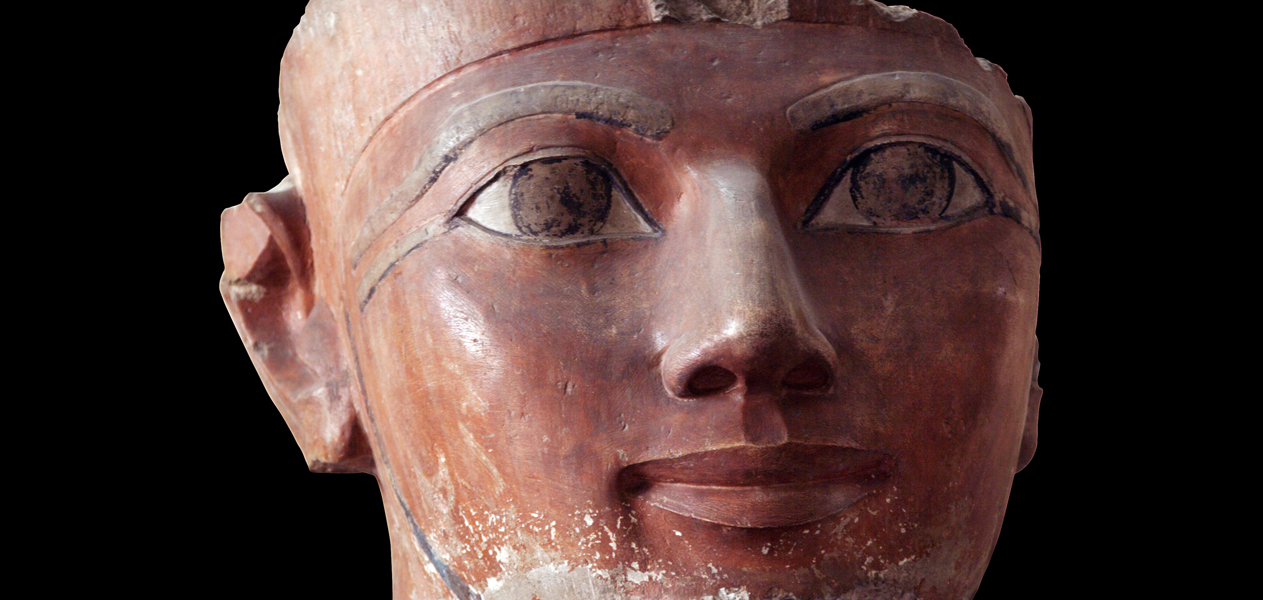
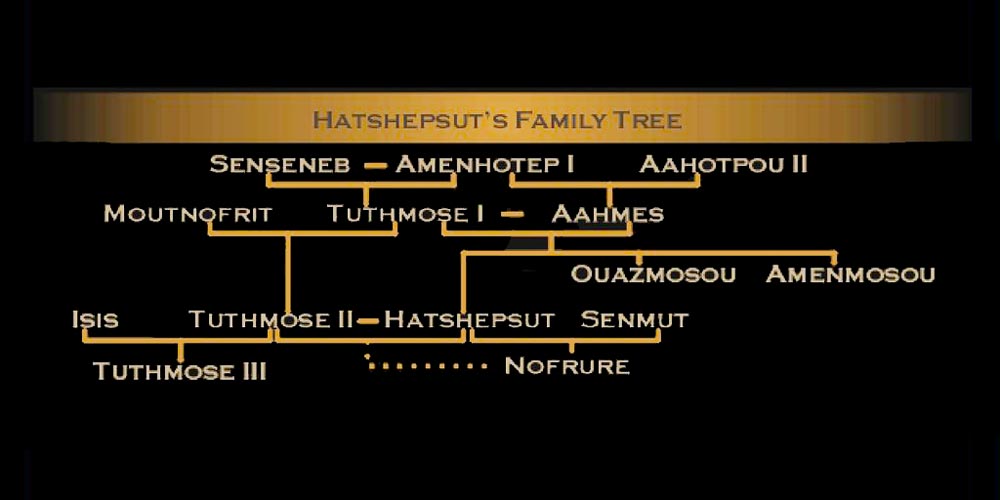
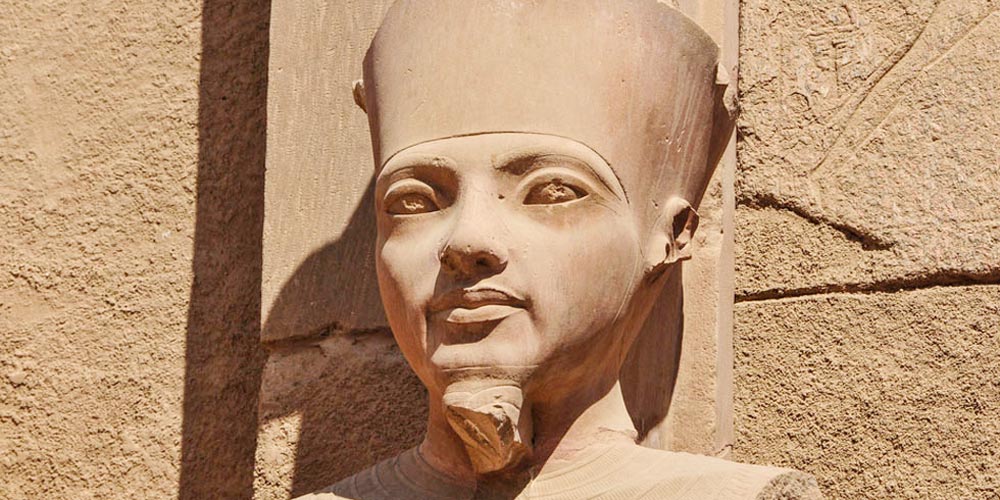

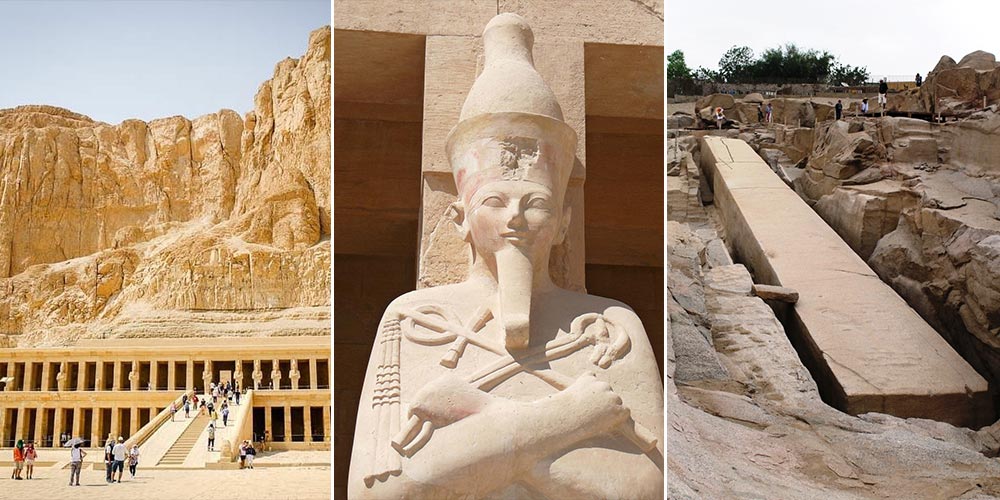
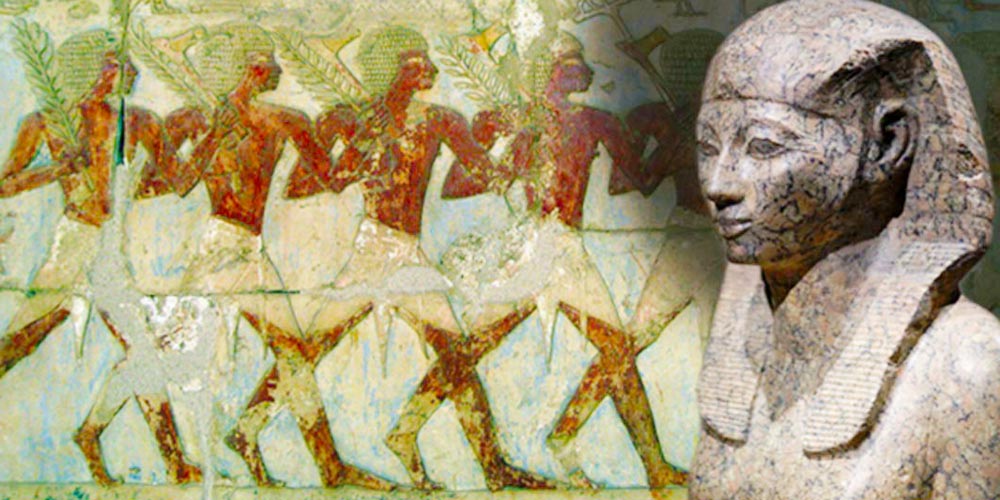
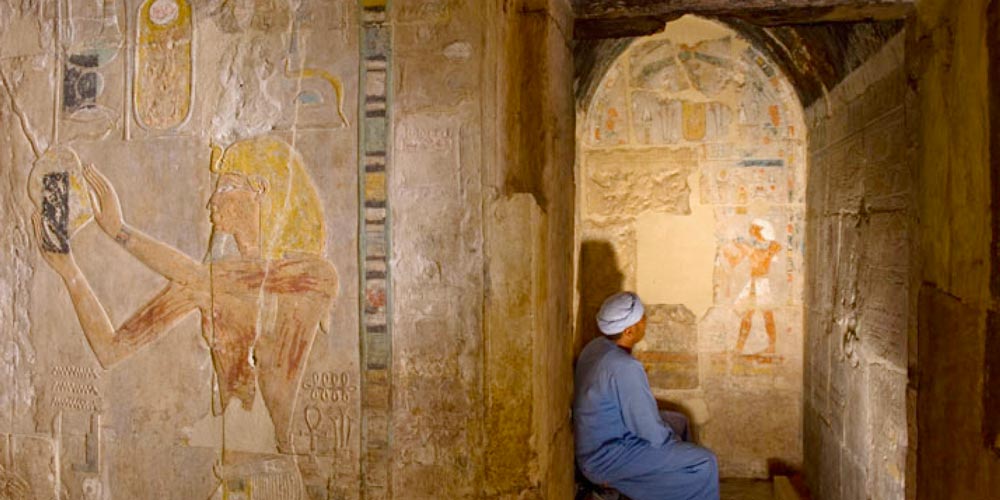
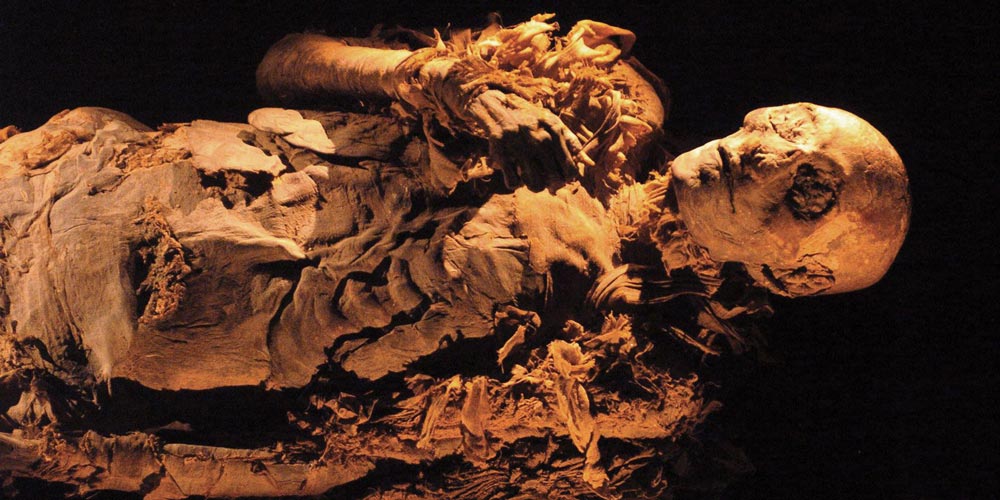
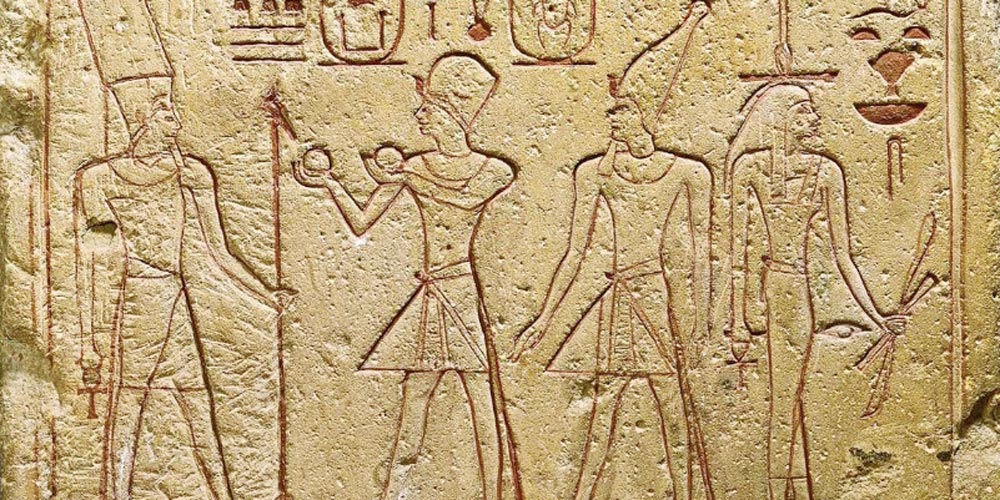

Share Your Comment